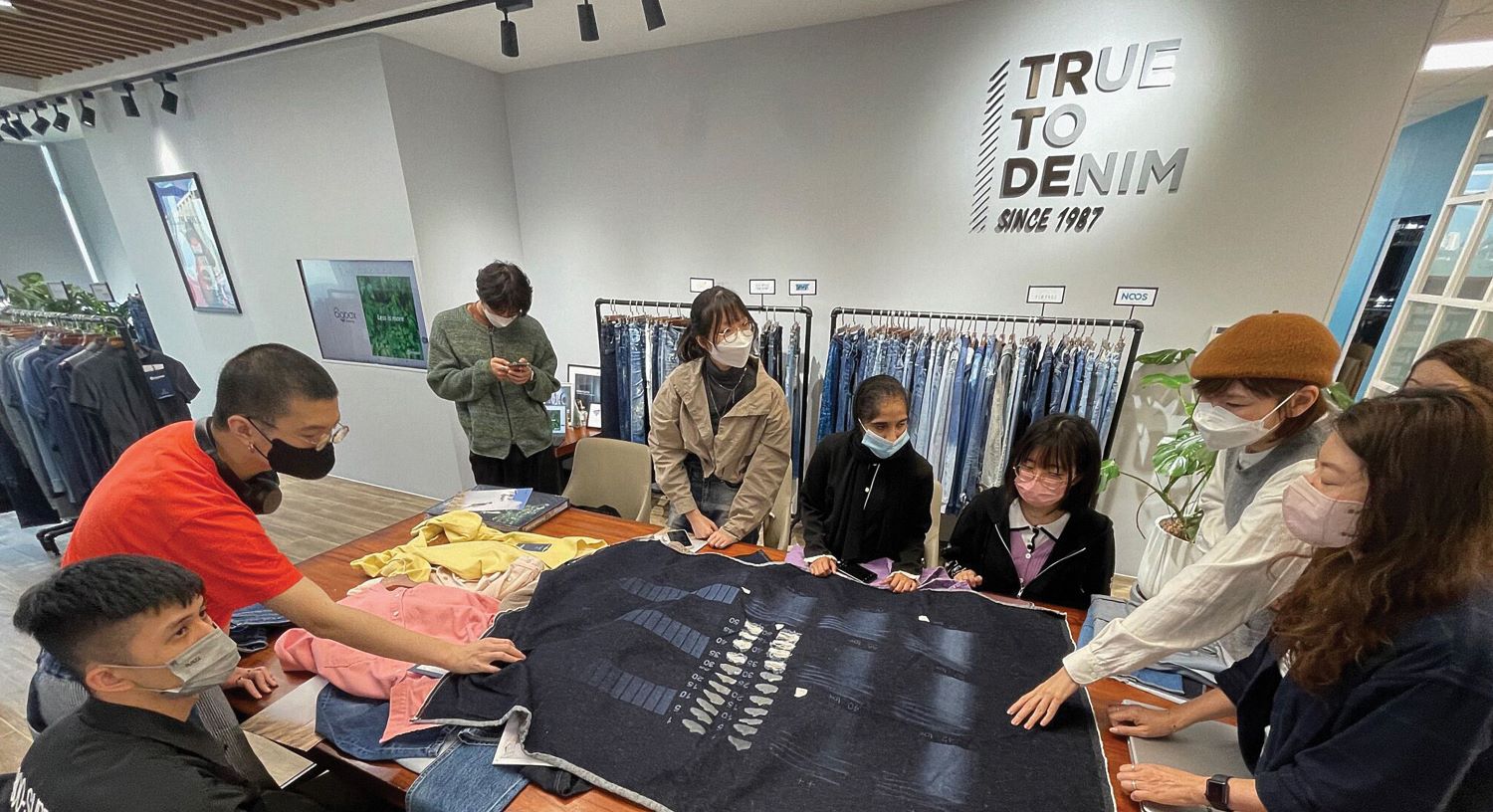THE MILLS 5TH ANNIVERSARY
— DENIM EDITION
Winter 2023
This Denim Edition is themed around denim as a forever young and classic garment. From the first pair of jeans that was born over one century ago, denim has been and remains a historical and cultural symbol.
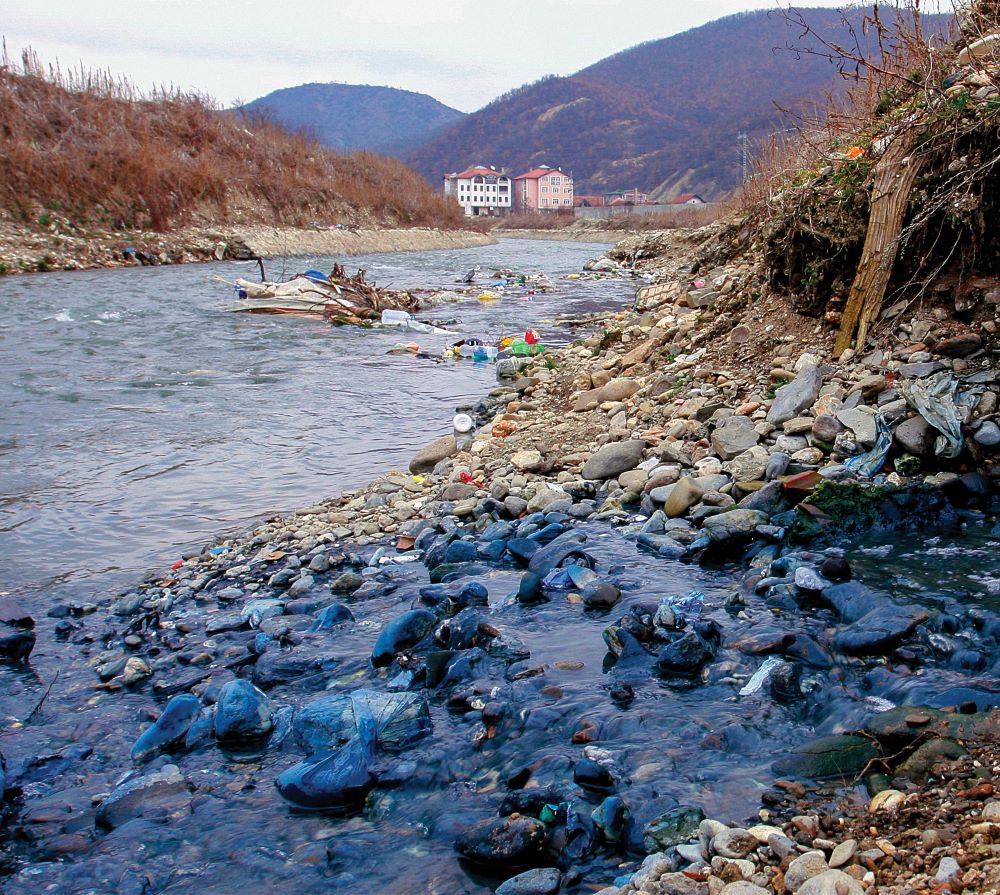
The whole journey of producing each pair of jeans, however, has raised concerns in terms of the pollution and harm caused to the planet and the workers involved at different stages of production.
Each process, from the growing of cotton, which is highly water intensive, to the highly polluting indigo dyeing process and the over-production of garments, has led local and overseas startups to actively contribute to making denim and more sustainable fabrics that cause less harm to the environment.
Image Courtesy: picture via Canva.com
When we talk about denim, we are talking about more than simply a type of fabric. Denim is a culture and has embodied a profound spirit that many see as a symbol of freedom. Thousands and thousands of denim products are designed and produced every day, and choices are innumerable. But through the act of choosing a pair of jeans, a denim shirt, or a jacket, one’s personal style and expression can be clearly demonstrated.
Image Courtesy: Fashionary
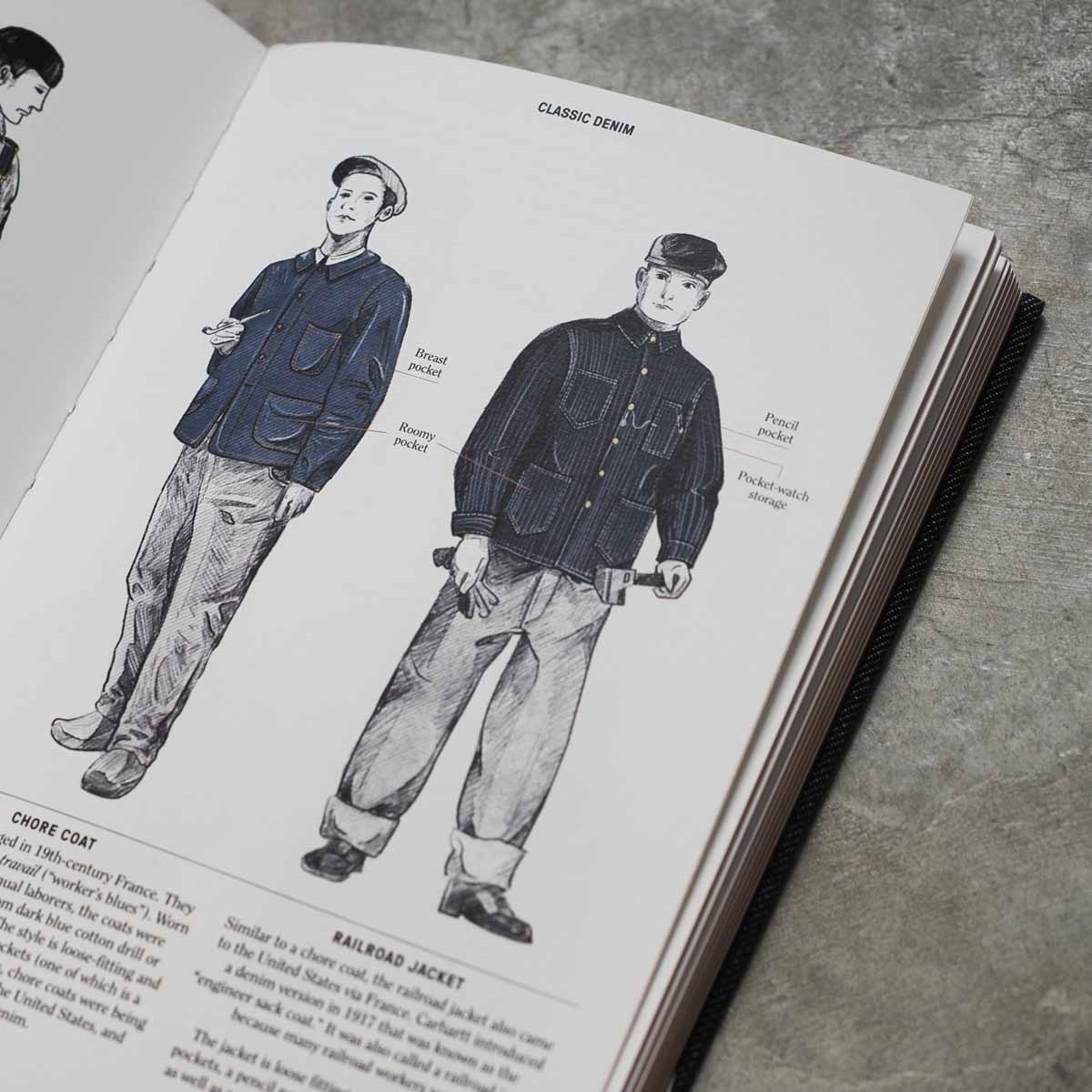
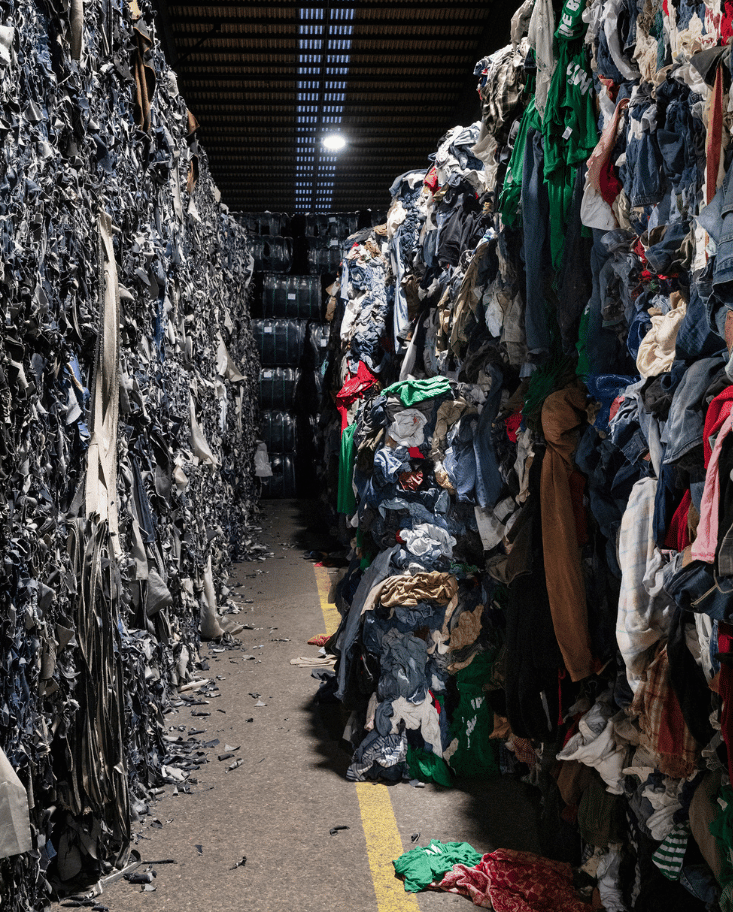
Circularity in Design and its Practice
The “take-make-waste” model — take from the Earth, make a product out of it, and waste it — has been followed by the fashion industry for a very long time. If quality goods eventually end up in landfills, it is not just the products are wasted, but the planet will also soon reach a saturation point. At this time, the idea of sustainability emerged, and the circular economy model was seen as a possible solution.
Image Courtesy: Renewcell
Local and Beyond
Overproduction results in leftover stock that is usually sent to incineration or left to decompose in landfills. To reduce the pressure on the earth, various companies have taken on different strategies in dealing with deadstock jeans and fabrics, for instance, by repurposing these materials into something new and wearable, or altering the cuttings of deadstock jeans into new fits.
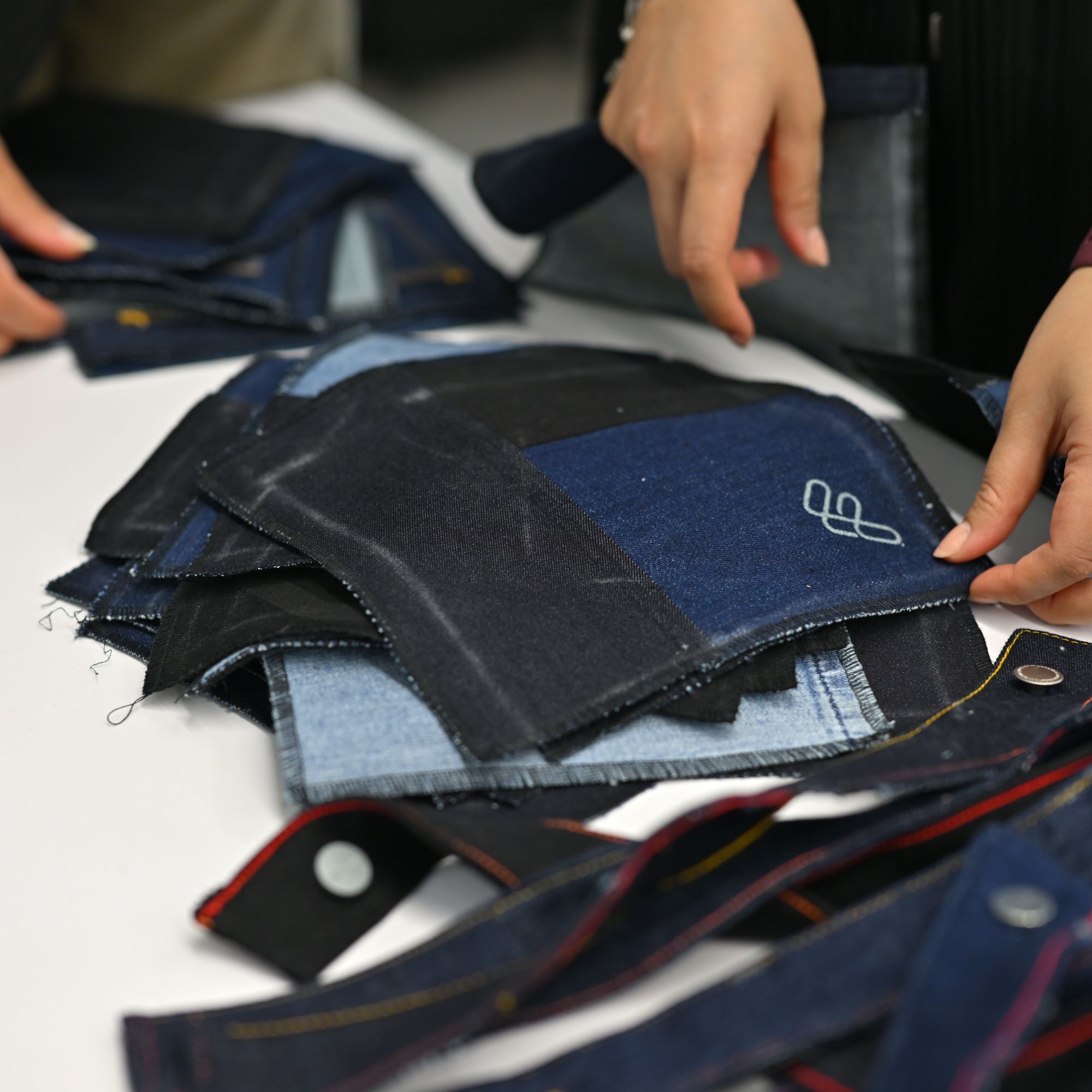
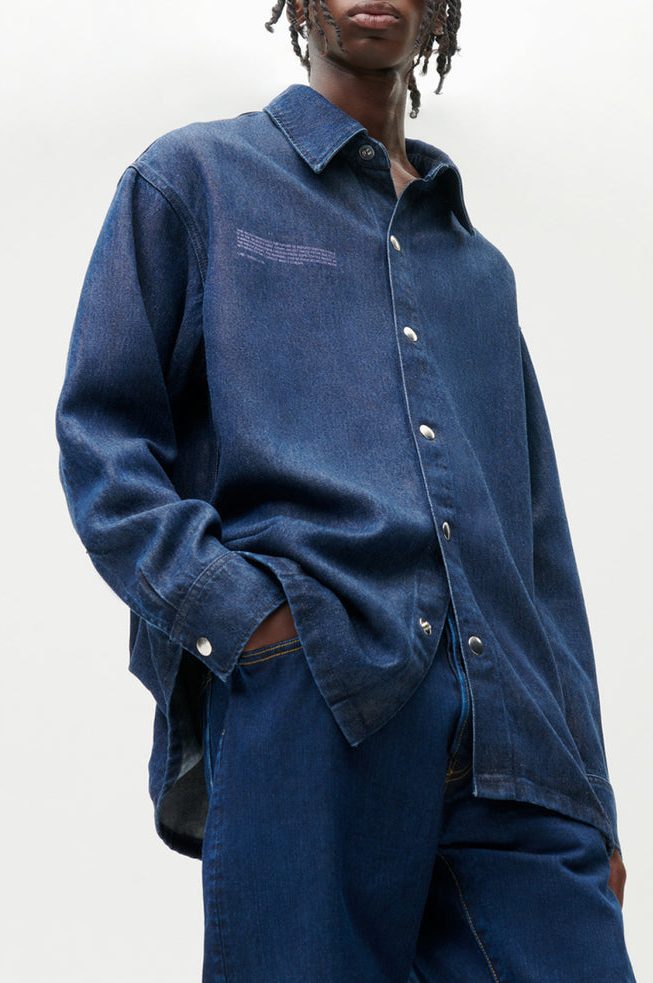
New Generation Sustainable Fibers & Innovations
Nowadays, only 1% of textiles are effectively recycled. When garments are worn out or no longer wanted, some are sold second-hand or used as hand-me-downs, but the vast majority end up in landfills or are sent to incinerate. The recycling rate is low since certain materials, particularly polycotton garment, cannot be recycled with satisfactory quality on a large enough scale. At the same time, garments and their components are held together by a synthetic high-strength thread mostly made of polyester.
In order to tackle the above difficulties in facilitating the recycling of garments, some start-ups have invented materials that could either be easily dissolved or regenerated, which could bring massive changes to the lifecycle of garments in the long term.
Image Courtesy: Pangaia, Evrnu
The Mills Fabrica is in partnership with The Magic of Denim Consultancy and Advance Denim to present the “Sustainable Denim Education in Asia Pacific” initiative, a member of the United Nations Conscious Fashion and Lifestyle Network.
Aiming to promote, teach and advocate denim sustainability and circularity within the APAC region, a wide range of masterclasses, collaborative lectures, workshops, conferences and seminars will be organized for schools, universities, NGOs and design organizations. Through the partnership with denim industry experts from the APAC supply chain, brands, and schools, denim sustainability programs will be tailored and designed to accommodate the specific needs of the audience including vocational training programs and different denim companies.
Image Courtesy: The Magic of Denim Consultancy
